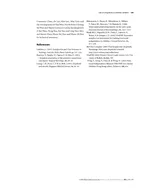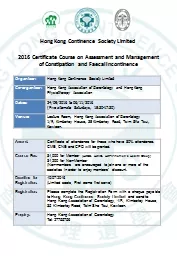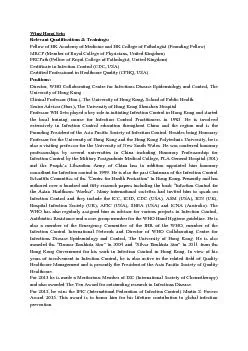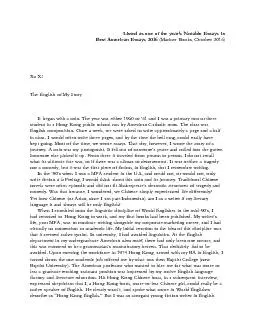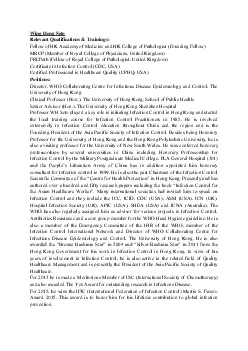PDF-Blackwell Science Ltd Use of chopsticks in Chinese children Sheila Wong Kingsley Chan
Author : luanne-stotts | Published Date : 2015-03-05
We aimed to obtain a developmental pro64257le for achieving the skills of chopsticks manipulation in Chinese children and to assess the correlation between chopsticks
Presentation Embed Code
Download Presentation
Download Presentation The PPT/PDF document "Blackwell Science Ltd Use of chopsticks..." is the property of its rightful owner. Permission is granted to download and print the materials on this website for personal, non-commercial use only, and to display it on your personal computer provided you do not modify the materials and that you retain all copyright notices contained in the materials. By downloading content from our website, you accept the terms of this agreement.
Blackwell Science Ltd Use of chopsticks in Chinese children Sheila Wong Kingsley Chan: Transcript
Download Rules Of Document
"Blackwell Science Ltd Use of chopsticks in Chinese children Sheila Wong Kingsley Chan"The content belongs to its owner. You may download and print it for personal use, without modification, and keep all copyright notices. By downloading, you agree to these terms.
Related Documents

